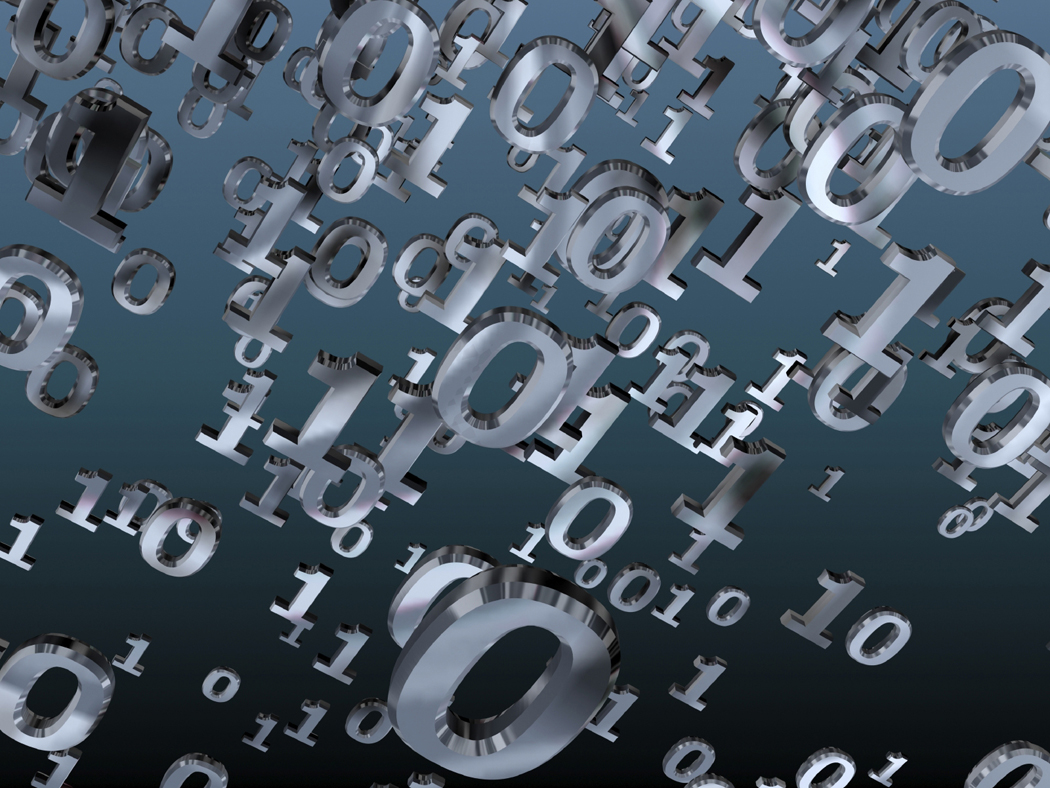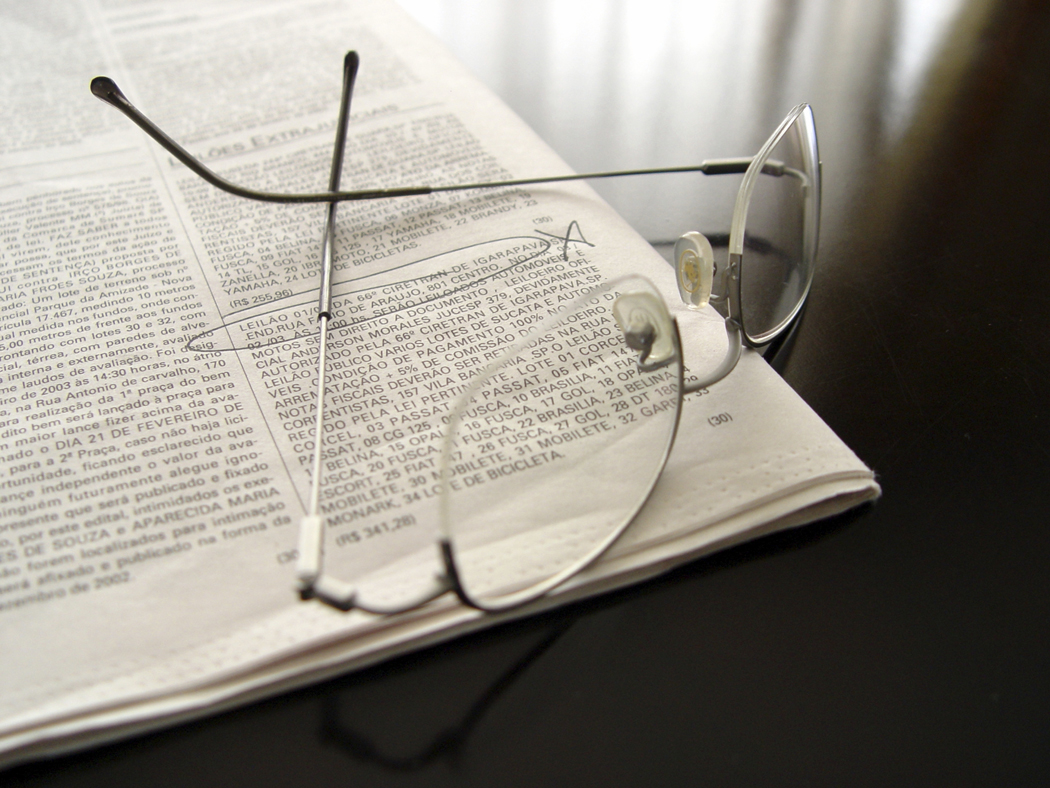“Ambivalence: the feeling you get as you watch your mother-in-law drive off a cliff in your new car.” I have the same feeling about our newsletter, UCSB Geography News, going “paperless.” While the former quip is decidedly not politically correct, using PC (or Apple) e-mail to go paperless sounds very PC. So why do I feel ambivalent about it?
It costs the Department of Geography about $1500 to print and mail each of our biannual newsletters. It also takes a few trees, despite our use of recycled paper, to create the 12 page project which is printed and mailed to 1,600 people. So, what’s wrong with saving about $3,000 a year, not to mention several trees? I guess it boils down to the human tendency to predict the answer in the premise of the question. The premise, in this case, is that we will save money by using e-mail instead of hard copy, and, incidentally save a lot of trees and reduce our carbon imprint.
As a Dartmouth College alumnus, I get the annual Dartmouth Alumni Magazine; “Dartmouth Life,” a newspaper for Dartmouth alumni and parents published five times yearly; and several telephone, postcard, and e-mail appeals for donations each year. To be honest, most of the magazines and newspapers go into my recycle bin, unopened and unread, the phone calls are hung up on, and the e-mails are deleted. It’s easy to delete an e-mail or hang up on a telephone solicitation. But, while it’s also easy to trash a magazine or a newspaper, the hard copy items have a longer shelf life. They “hang around,” on my desk or in my workshop, until I get around to putting them in the recycle bin. And, if a picture or headline catches my eye, I thumb through them on occasion. And, once in a great while, I feel guilty and actually sit down, write a check, and send a donation.
What I’m getting at is the fact that hard copy lasts longer, is less likely to be deleted or ignored, and is even likely to be read by more than one person. The distance between the e-mail on your computer screen and the checkbook in your desk drawer is enormous, especially compared to the distance between the newsletter on your desk and that coveted checkbook.
Of course, all of the above assumes that there is a real choice between paper and digital formats. Substantial numbers of people, including the disabled (especially the blind and visually disabled), the aged, and those without computer access or savvy, lack such a choice – a quandary that Professor Reginald Golledge used to refer to as “the digital divide.” Furthermore, while older people are less likely to rely on or cope with computers, they are the ones most likely to be able to afford donations.
The bottom line is that I doubt that we will save money by making Geography News paperless. To assume that we could is reminiscent of the economic theories of the 1950s which assumed certain theoretical models that were unverified by empirical reality. Sure, going paperless sounds PC. But I’ll bet that we’ll get a much better bang for our buck by sticking with hard copy.
Bill Norrington






